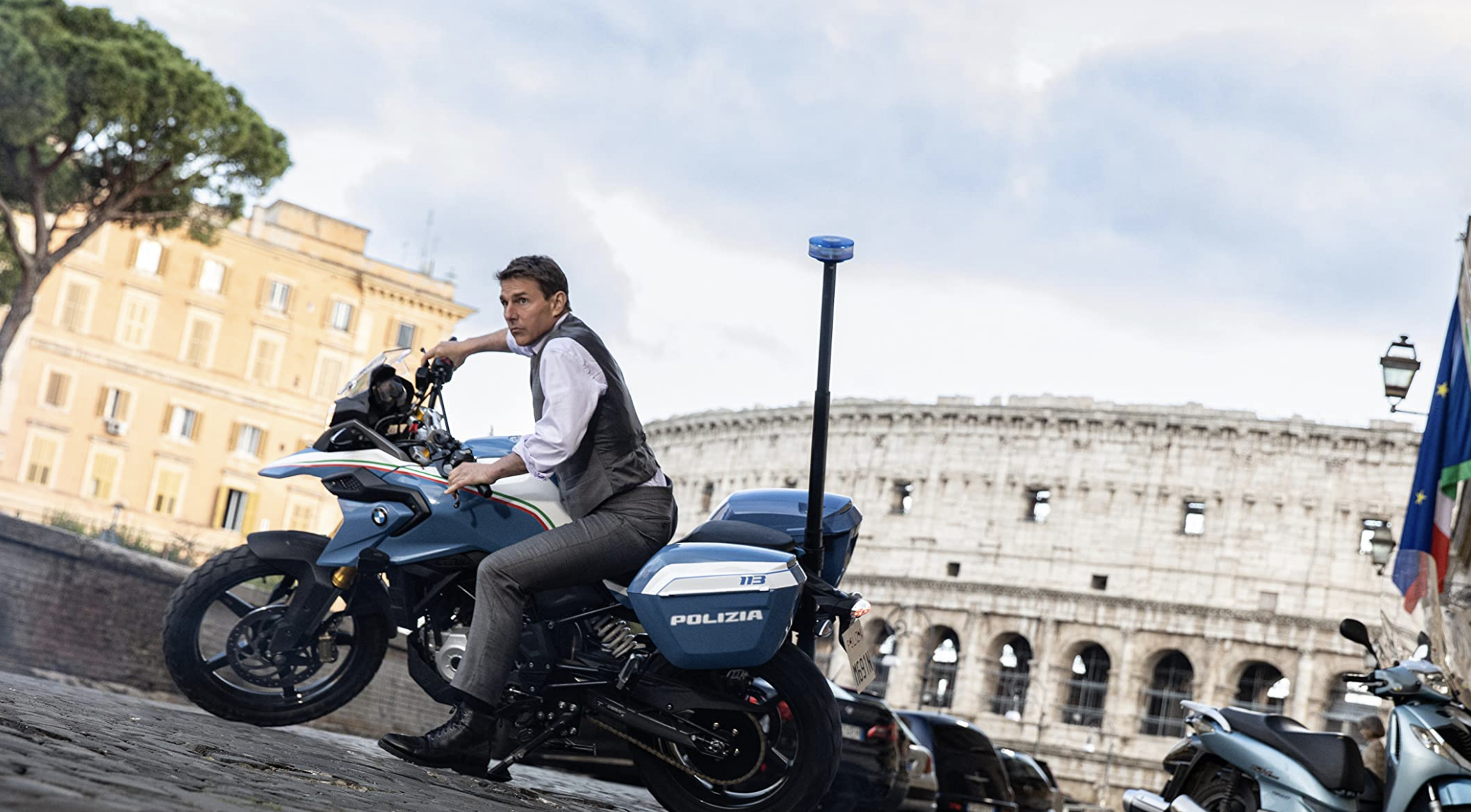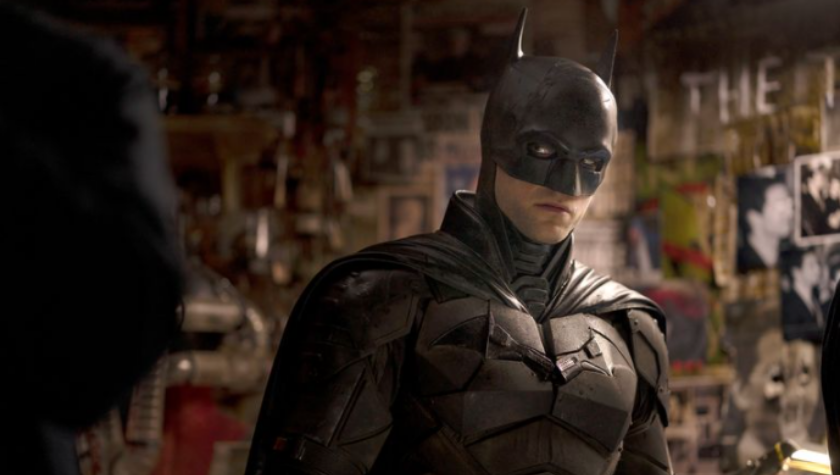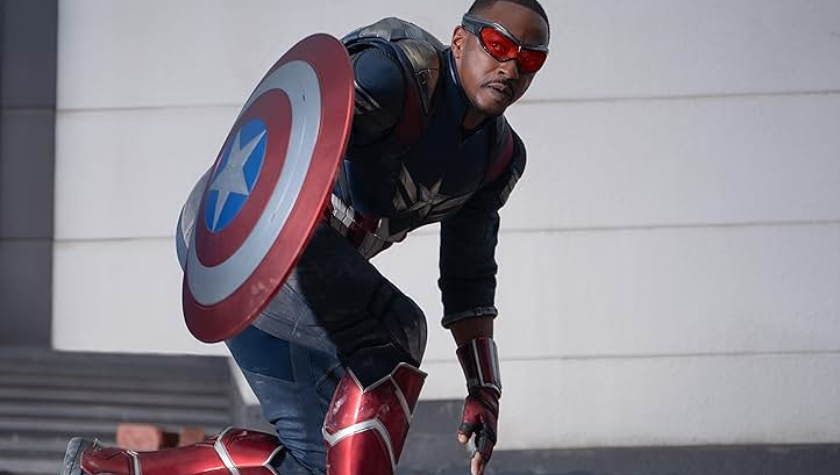5 Lessons Shazam 2 Teaches Screenwriters About Defining Characters and Destroying Cities
March 22, 2023
Kids love superheroes. For decades, kids have read comic books, dressed up like their favorite superheroes and forced their parents to buy toys, lunchboxes and shirts that show off their pride for epic crimefighters. Shazam! is the type of comic book story that shows what can happen when kids are given the powers to turn themselves into adult superheroes and try to save the world – a dream come true for kids.
Shazam: Fury of the Gods is the second film in the series and finds itself as part of the DC Universe where legendary heroes Superman, Wonder Woman and Batman reside. This second film continues to hint at a Marvel-esque storyline where all the characters will eventually meet. However, Shazam! Fury of the Gods is a stand-alone feature following the superhero gang as each member navigates their childhood while also having to fight a trio of Gods eyeing to reclaim their rightful place enslaving mankind.
You don’t have to be a screenwriter of $100 million dollar superhero movies to find lessons that you can use in your script. Here are five things screenwriters can take away from Shazam: Fury of the Gods.
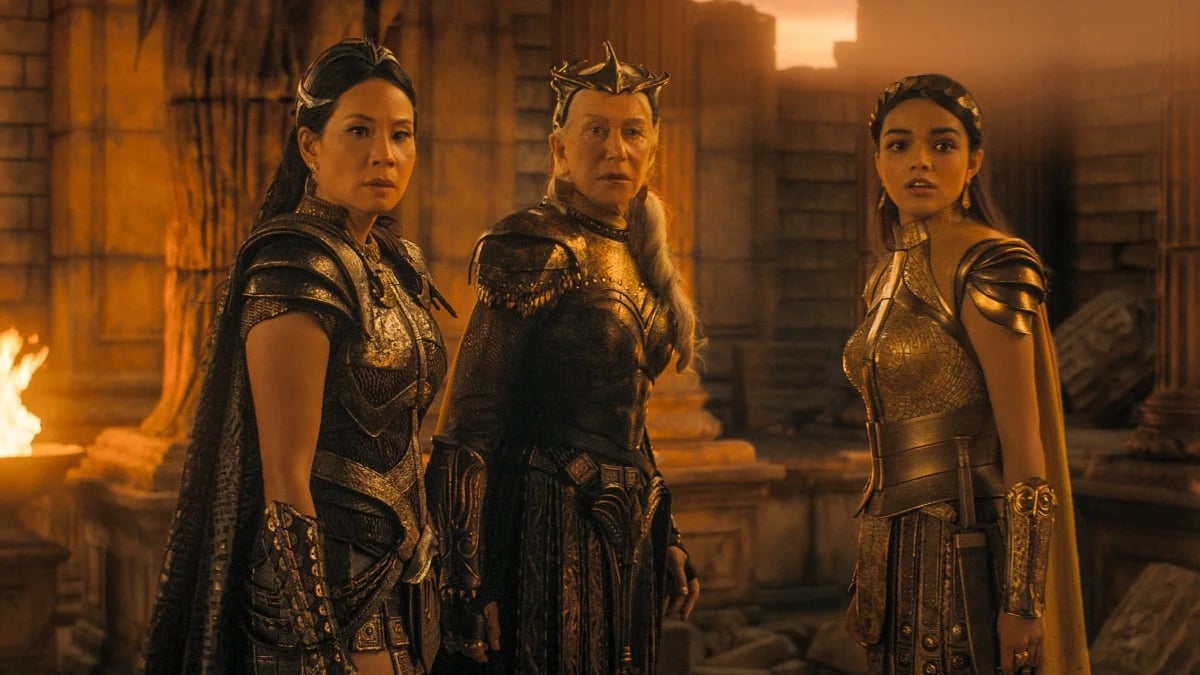
1. Character Introduction
In the first scene of Shazam: Fury of the Gods, the audience meets the villains of the story. Hespera (Helen Mirren) and Kalypso (Lucy Liu), two of Atlas’s daughters, enter a museum in Athens to steal the Wizard’s (Djimon Hounsou) staff – this staff was used to give Shazam (Zachary Levi) his powers in the first film.
What makes this introduction so intriguing is how much you can tell about these characters and their intent without them saying a word. They stroll up to the glass-protected staff and attempt to take it. Even security is helpless because Hespera and Kalypso use their powers to stop them in their tracks and toss them across the museum. Everything from their motives to their powers are revealed in this first scene setting up the antagonists that Shazam and his team are going to face.
Compare that to the next scene featuring Shazam sitting on a couch in a pediatrician’s office spilling his worries. He’s all talk and no action. This scene also recaps the first movie while capturing the personality of the protagonist.
Screenwriters can see two different ways of introducing characters and how these two scenes serve as a contrast between the hero and the villains.
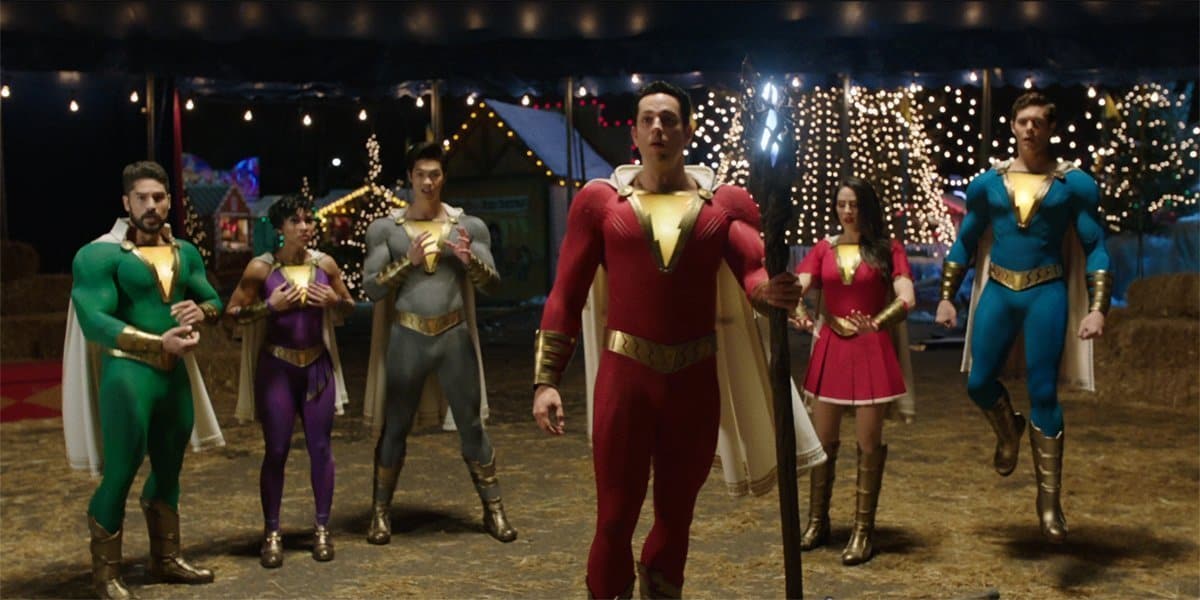
2. Create Villains Who are Impossible to Beat
Part of the intrigue of well-written heroes is how they stand up and fight an unbeatable villain. In The Dark Knight, The Joker was so compelling because it seemed that no matter what Batman did, he couldn’t beat him. Rocky followed an amateur boxer’s slim chance to fight a seasoned world champion; our hero simply couldn’t beat someone who was so much better.
In Shazam: Fury of the Gods, a handful of teenagers fight against cunning, powerful gods who feel their place is above humankind. It’s a match of wits and strength, in which Shazam and his team are ill-equipped. It appears that even when the good guys seem to win, they actually end up losing in some way.
Writers can see how to hurt likeable characters and set up a scenario that seems impossible for that character to succeed. The more struggles the protagonist must overcome, the more the audience wants to root for them.
Shazam and his team are loveable characters. They have the innocence of youngsters and the joys of saving the day. Watching them fight against impossible odds is part of the fun.
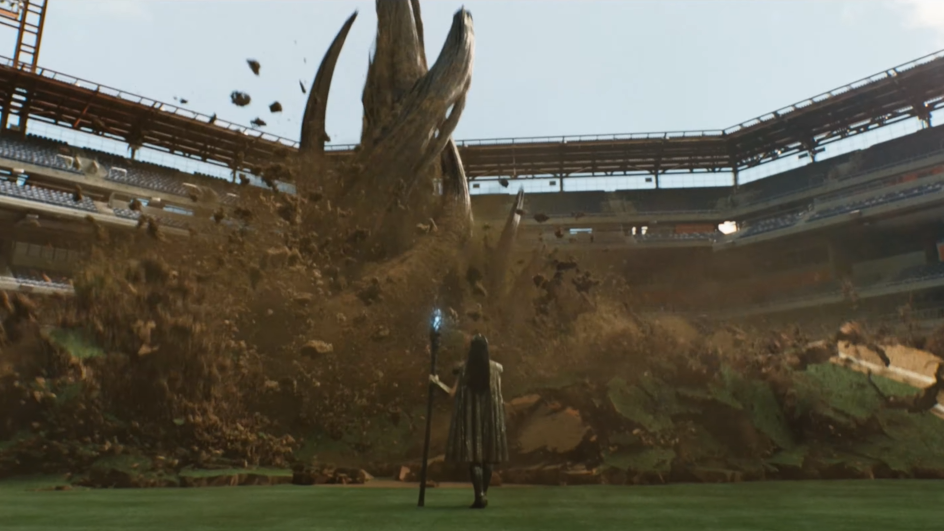
3. Epic Destruction
If you’re working on an action-adventure or science fiction film, don’t be afraid to destroy stuff. Sometimes writers are a little hesitant on blowing up a city or famous landmark because it doesn’t seem realistic but the truth is that if you’re film calls for it, do it.
Mission: Impossible, Avengers, James Bond and other tentpole films do it regularly. Shazam: Fury of the Gods takes place in Philadelphia and as the villains hone in on the superheroes and moving forward with their plot of world domination, they’re okay with city-wide destruction.
If you’re action film requires major action set pieces, take a look at how Shazam: Fury of the Gods uses the city’s landmarks such as the Benjamin Franklin Bridge, skyscrapers and Citizens Bank Park (where the Philadelphia Phillies play). Showcasing your skills at creating these epic scenes can even be used as part of your calling card when rewrites are needed on blockbuster films.
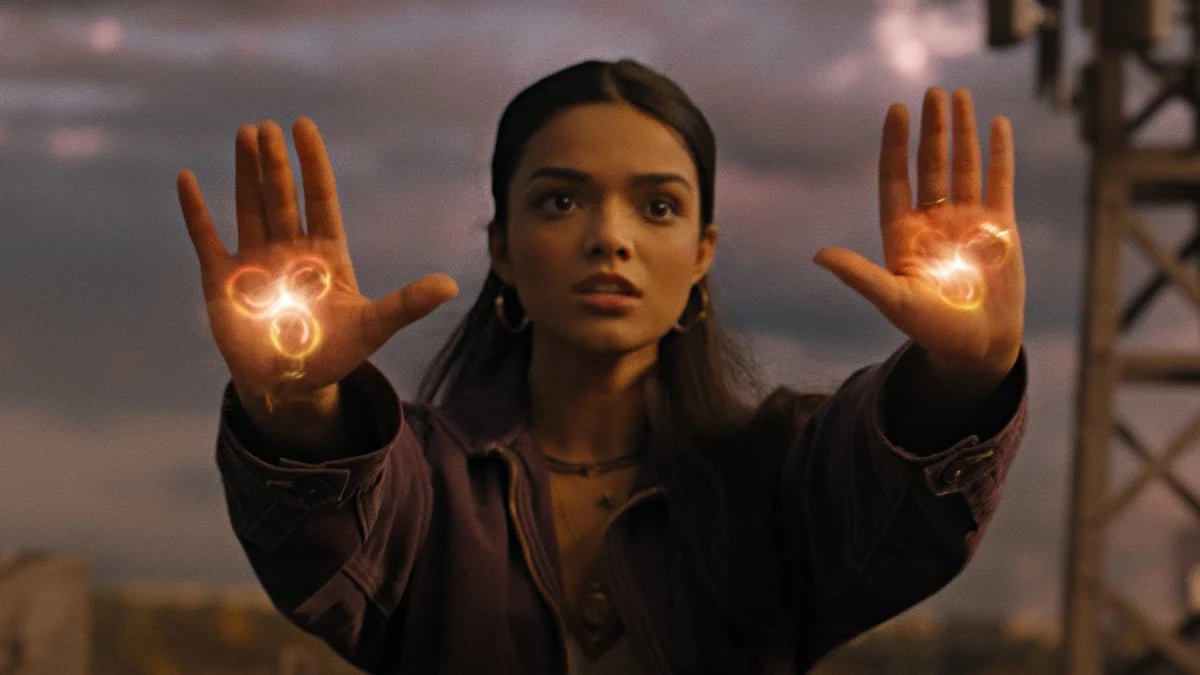
4. Superhero Powers are Tools
What makes for compelling superhero characters is not necessarily their super power, but rather what motivates them as people. What Shazam brings to the table outside of being a hero is part of what drives his arc in the film. Meanwhile, his friends all have various personalities and interests that reveal themselves in the beginning and will be used throughout the film.
The powers that superheroes possess are merely tools in their toolbox and shouldn’t define who they are as people, but rather help them. If they lose their powers, then who are they? This is a common question posed in various superhero films, including Shazam: Fury of the Gods. It’s even asked of Superman in the 1980 film Superman II when he renounces his powers to lead a normal life.
If you’re creating a story involving superheroes, who they are as people and what they stand for is more important than the special powers they yield. Shazam: Fury of the Gods shows you how to build the strength behind the super power and add more dimensions to characters.
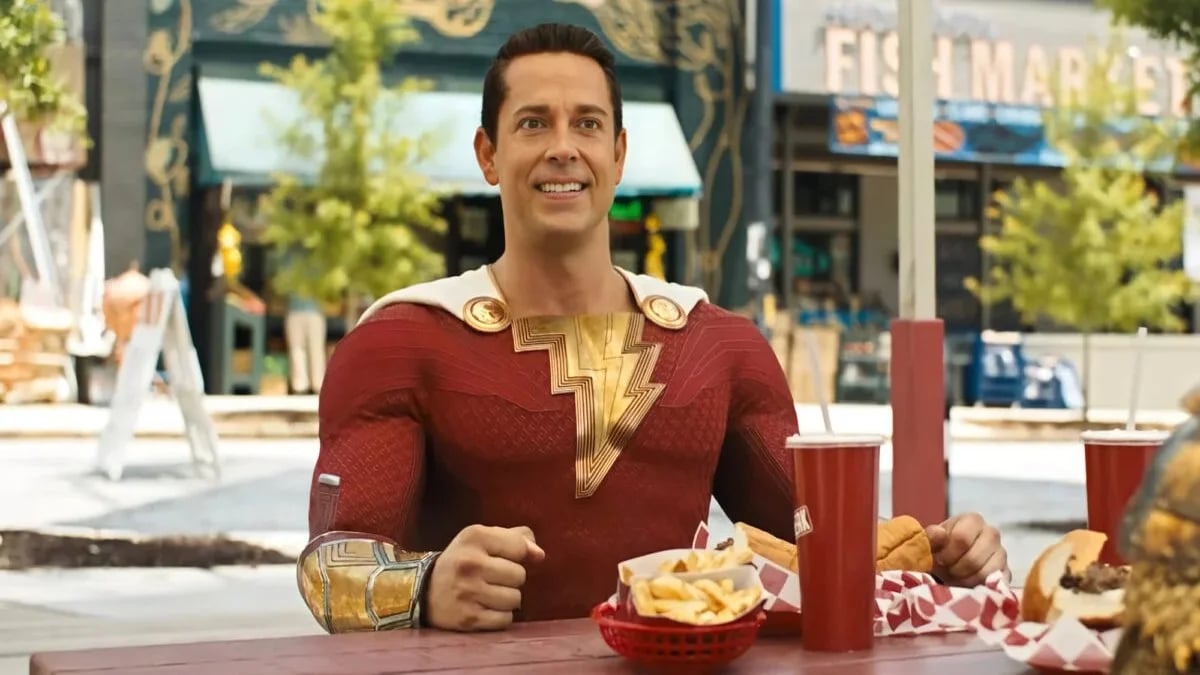
5. Hero Time
It’s that celebrated moment when the hero puts it all together and begins saving the day. Just when all is lost, the world is on the brink of destruction and the supporting cast is about to die the hero steps in with a smile and a snarky line ready to soar from the depths of losing to finally win. The audience cheers and the battle between hero and villain commences.
It’s a staple in countless action films. In fact, it’s the cowboy riding back into town to be the hero they need. This is a trope in big action films and it gives your audience the satisfaction of investing their time and emotions into the character – it’s why in a full theater these moments are met with cheers.
To make sure your audience gets there, you have to make sure you’re building characters facing incredible obstacles both internally and externally. Your characters can’t stroll in with a smile and a remark, they have to earn it.
Shazam: Fury of the Gods expands the superhero of the movie franchise from Shazam to his friends who face their own issues and conflicts as heroes. It’s worth noting how these supporting characters not only help, but oftentimes in this movie steal the scenes. Who are they as people and what do they care about?
Shazam: Fury of the Gods was written by Chris Morgan and Henry Gayden and directed by David F. Sandberg.
Written by: Steven Hartman
Steven Hartman is an award-winning, optioned screenwriter. He was a Top 5 Finalist in Big Break’s Historical Category in 2019 and won Best Action/Adventure in Script Summit’s Screenplay Competition in 2021. He holds a Bachelor of Arts degree from Columbia College and had internships at Jerry Bruckheimer Films and Village Roadshow Pictures. Steve is a full-time writer and creative video producer by day and a screenwriter and novelist by night.- Topics:
- Screenwriting & Craft


